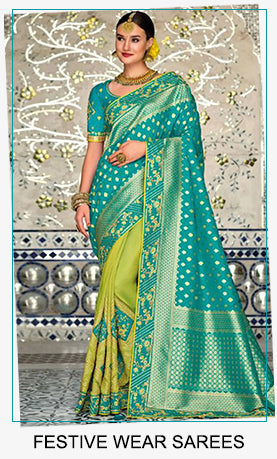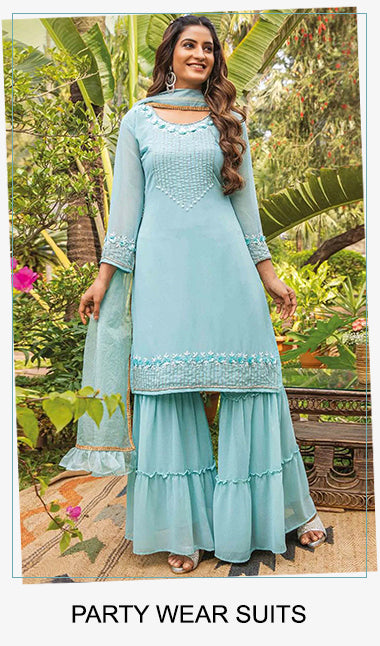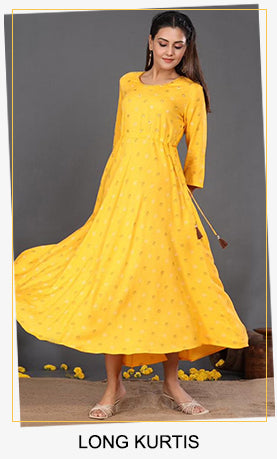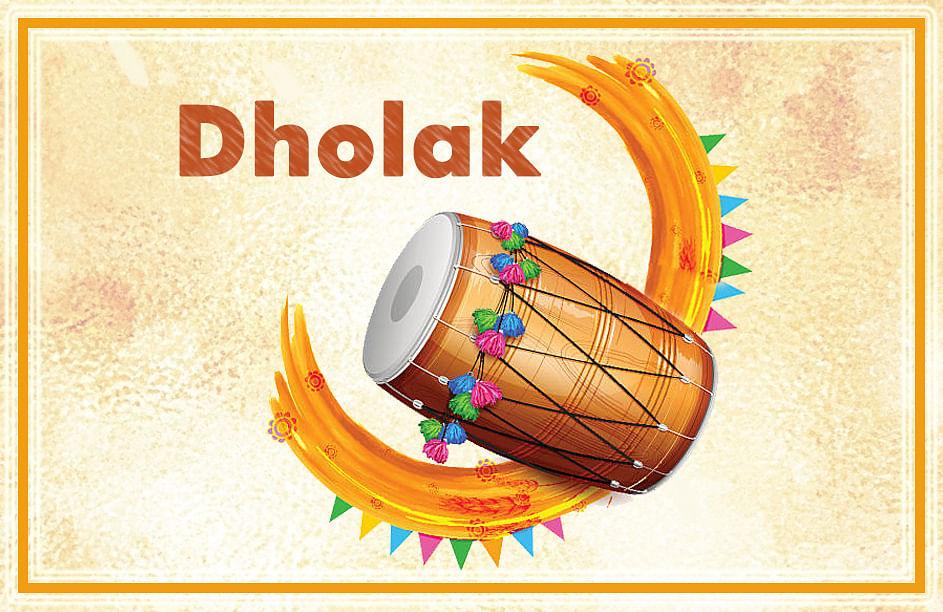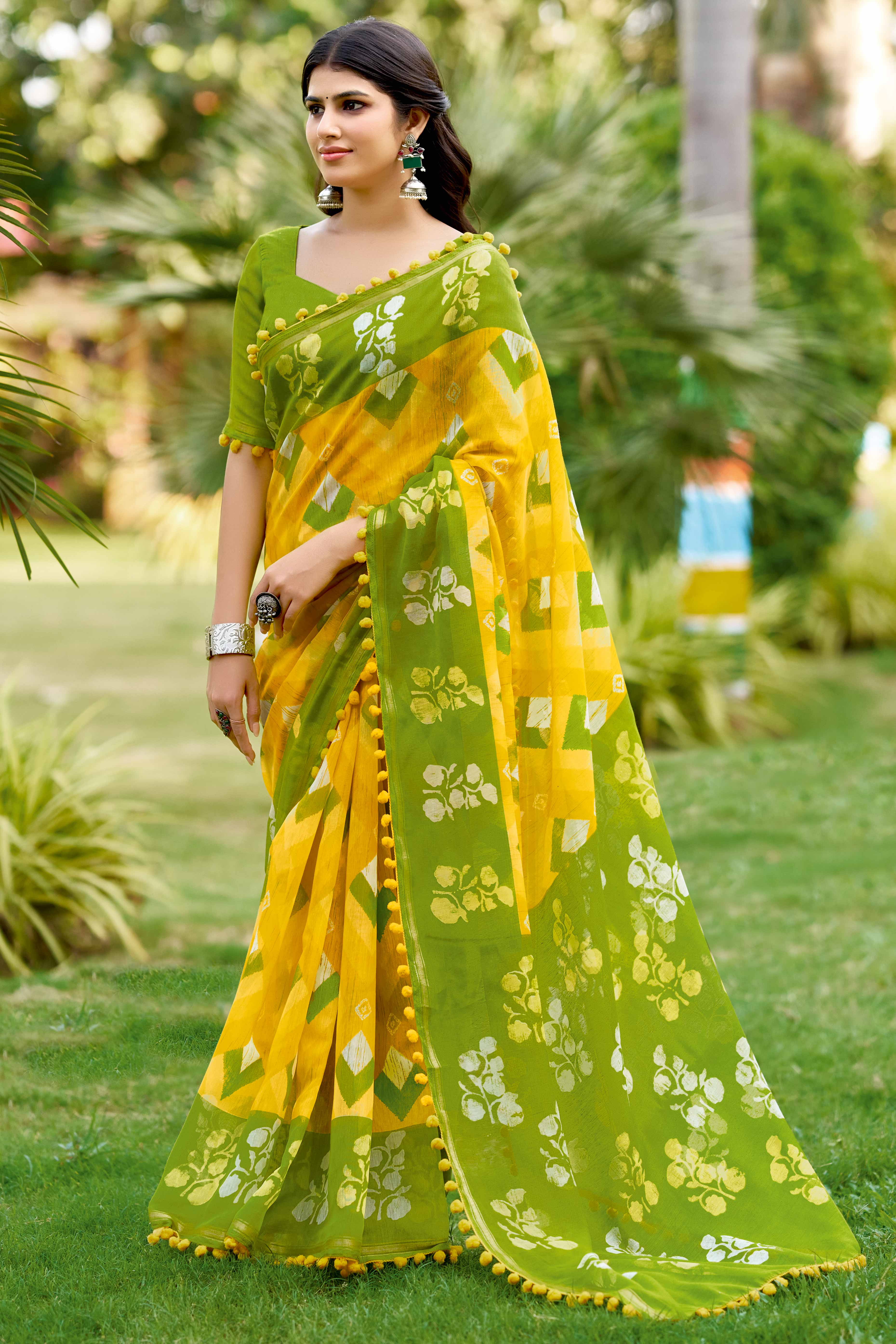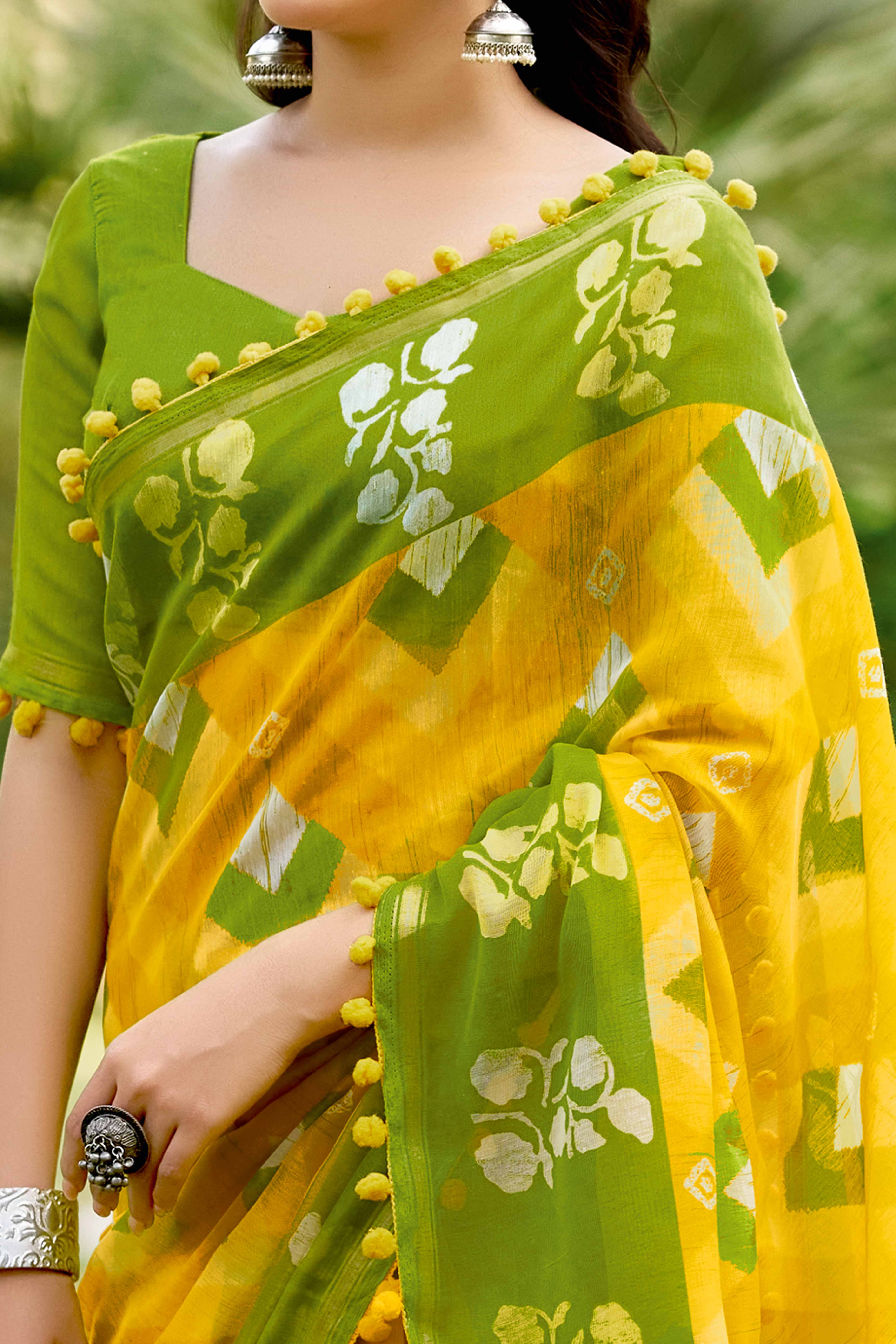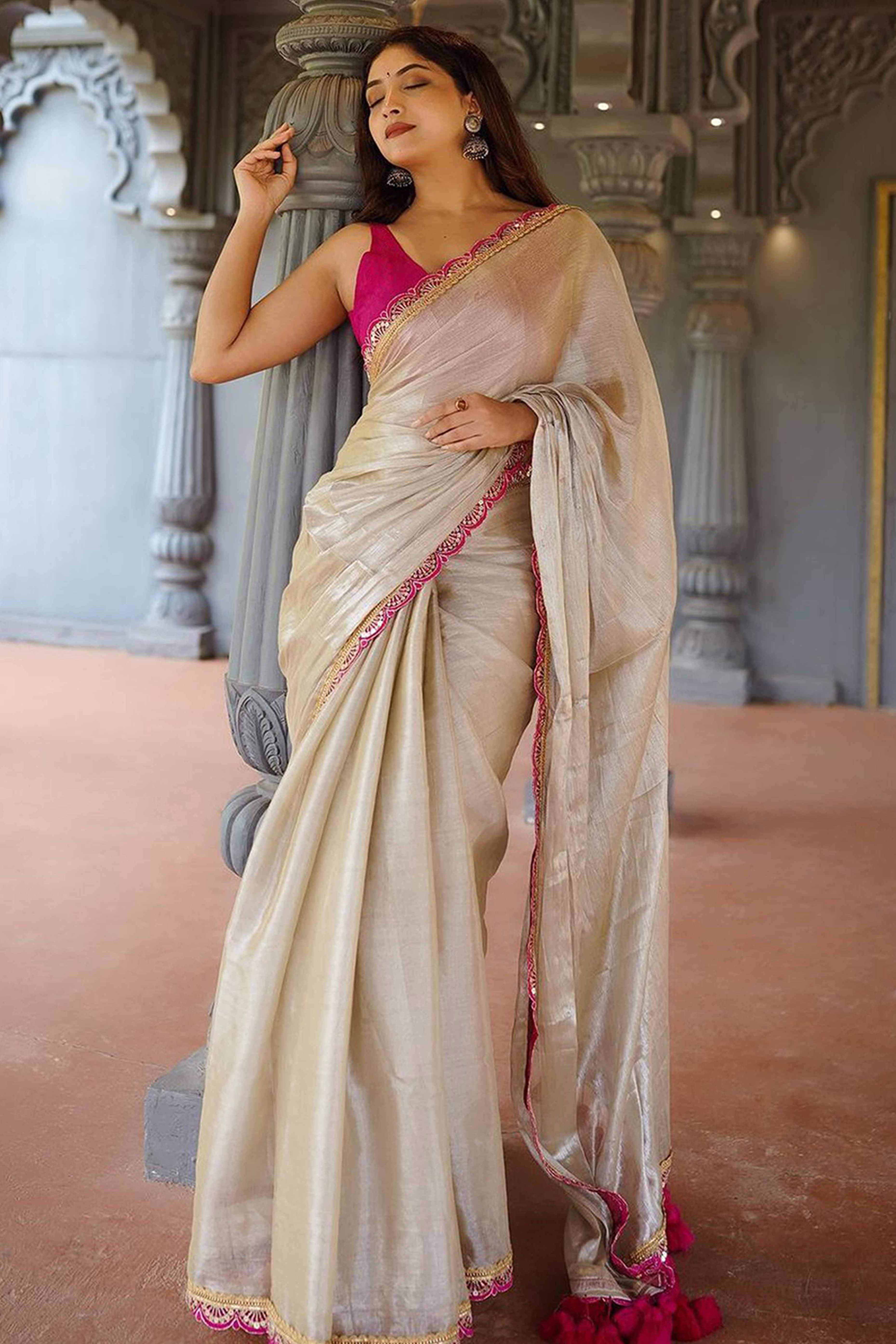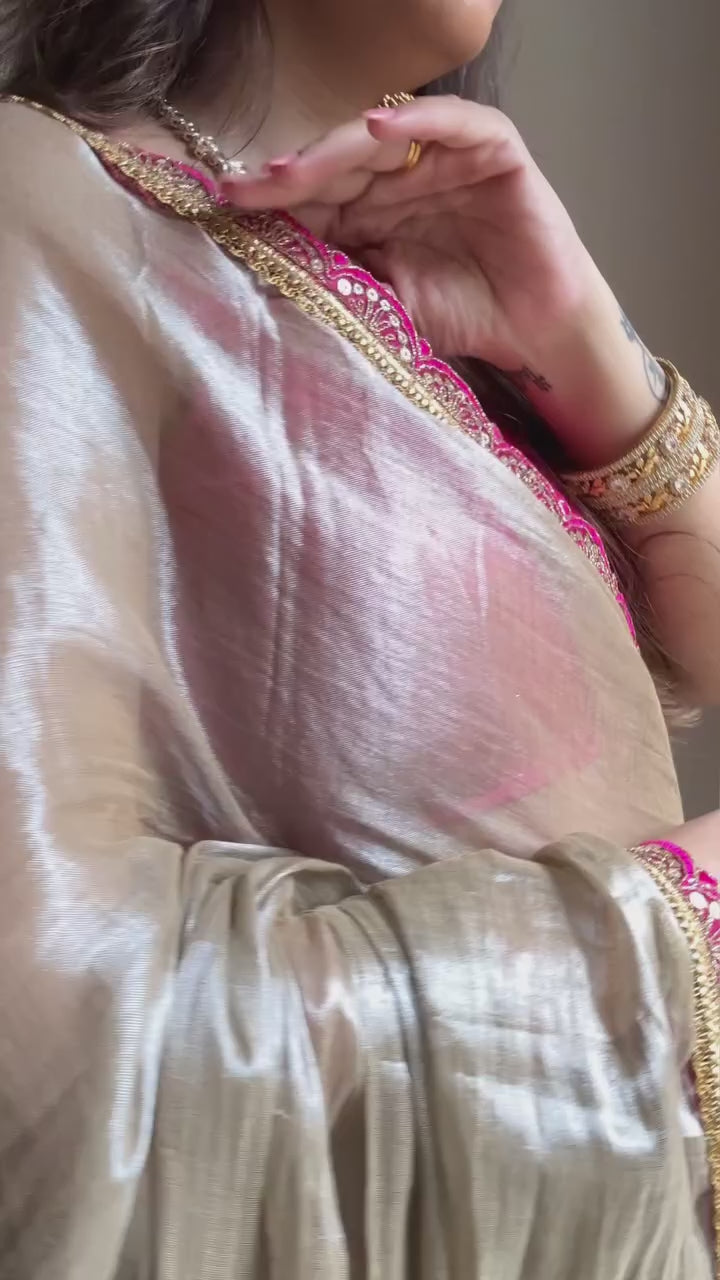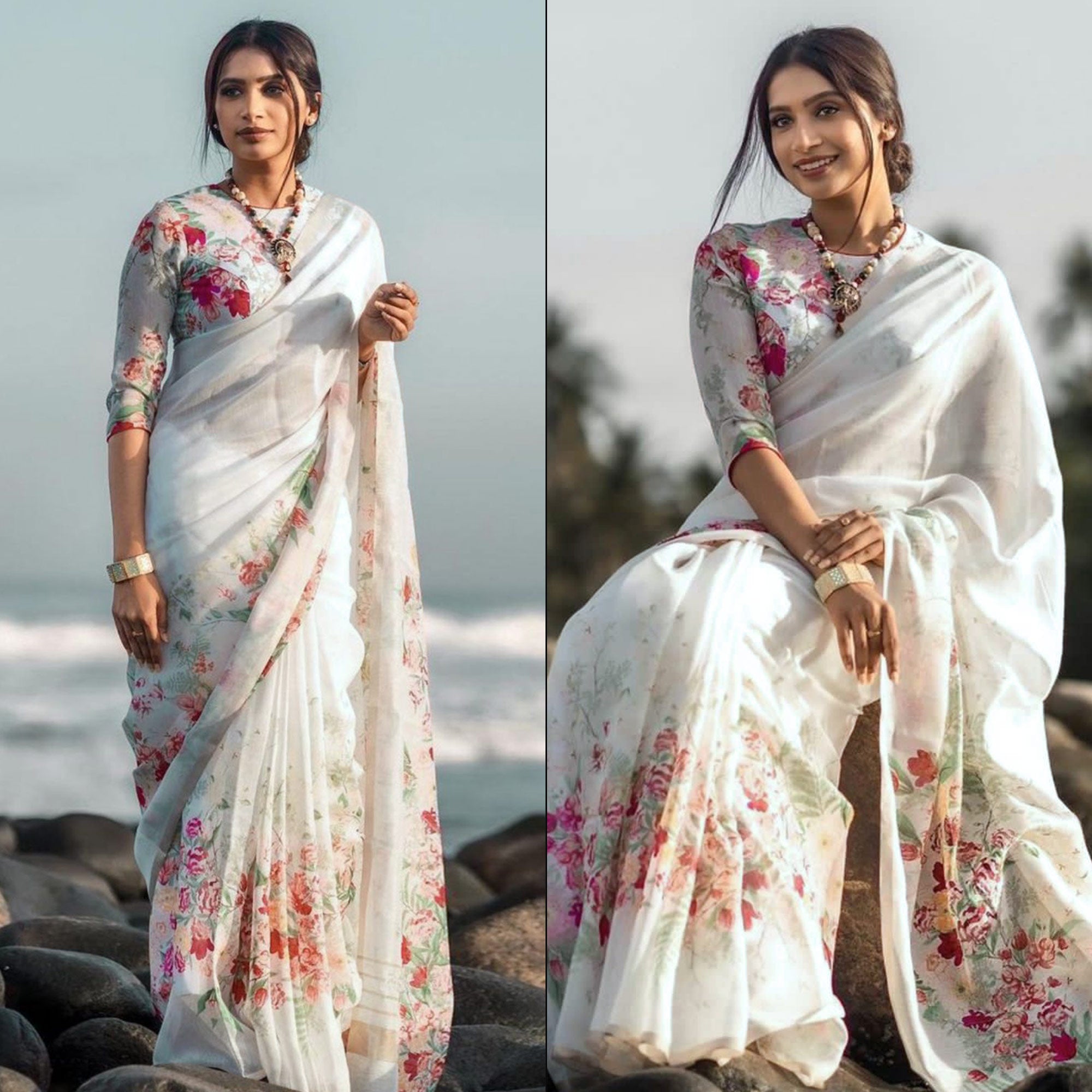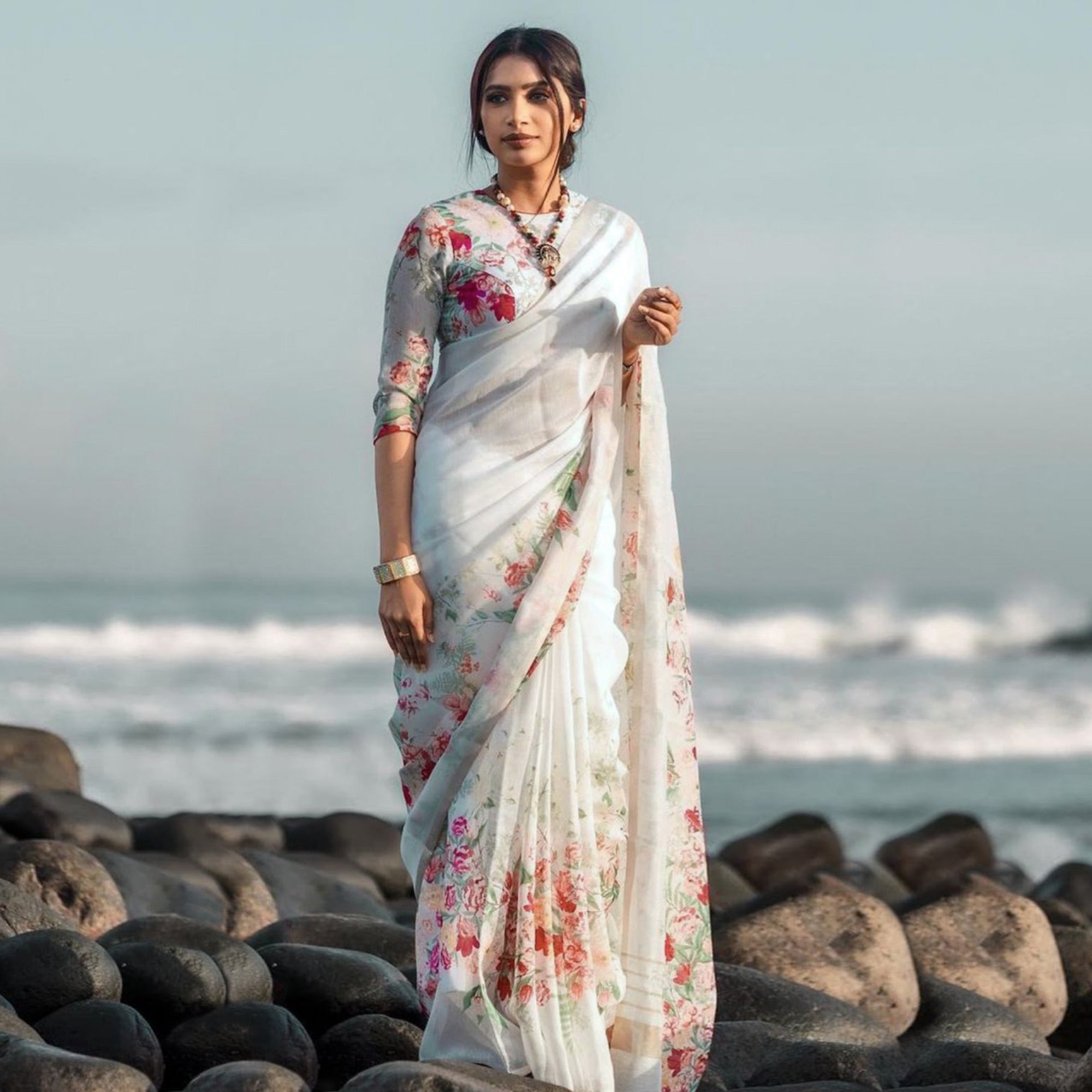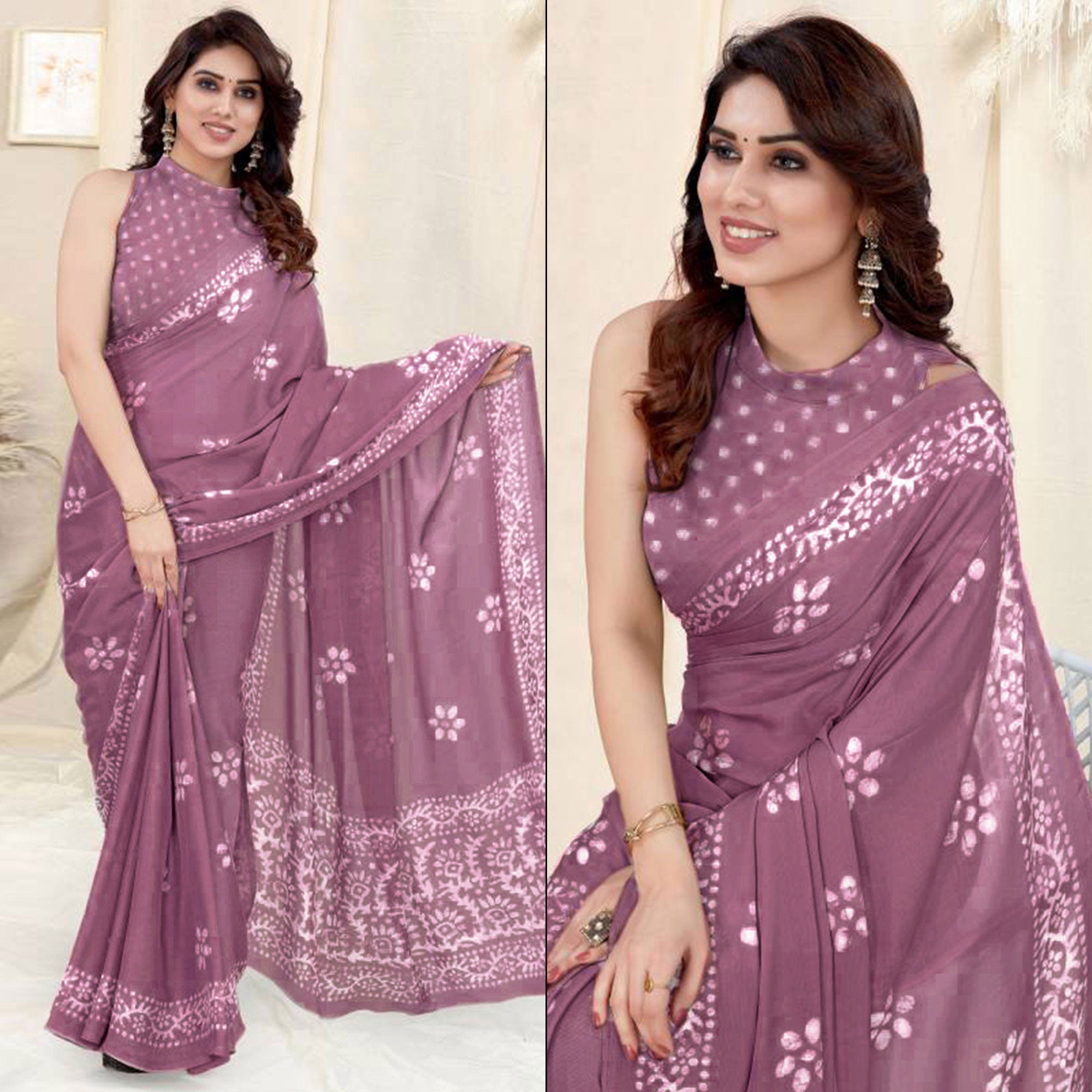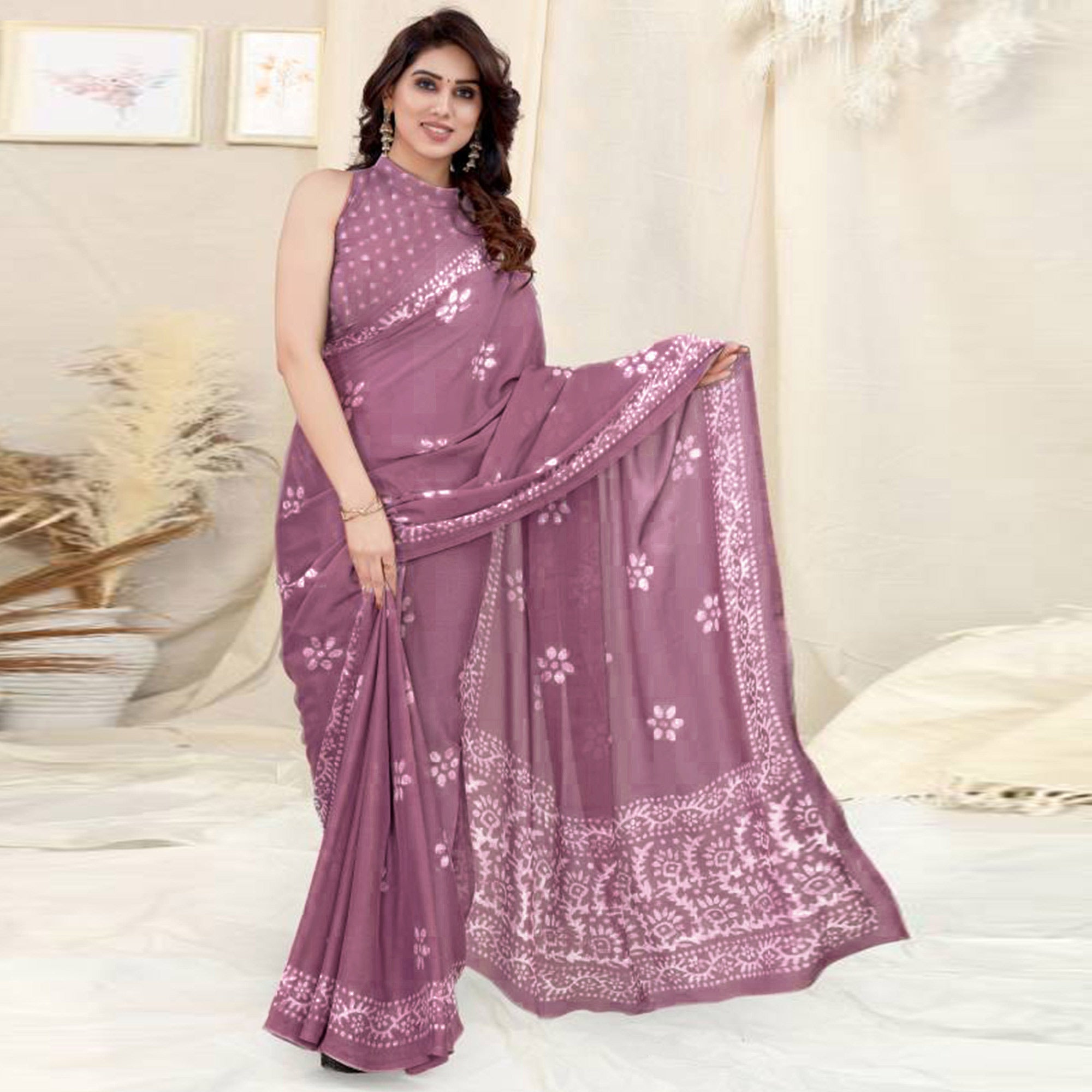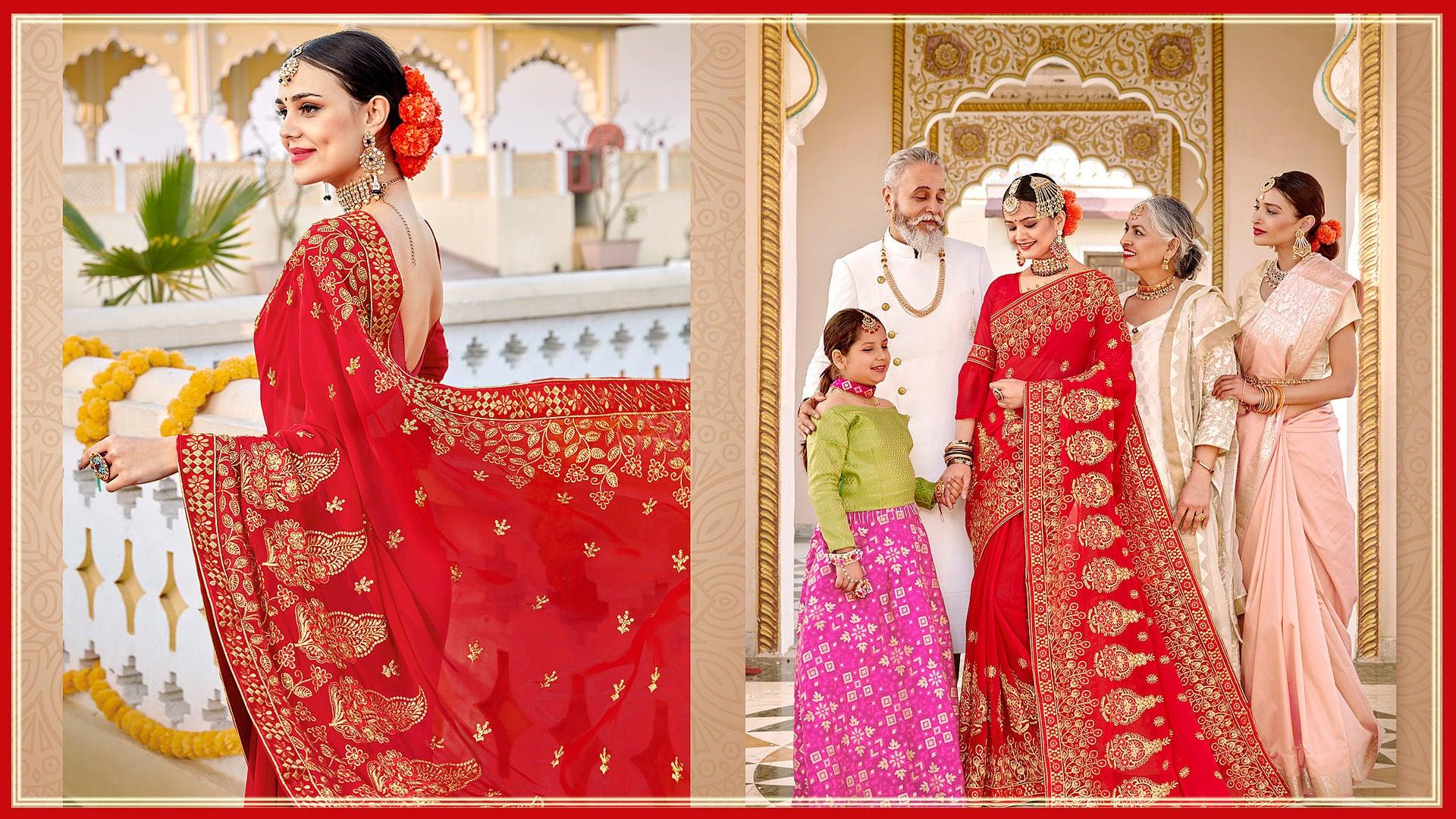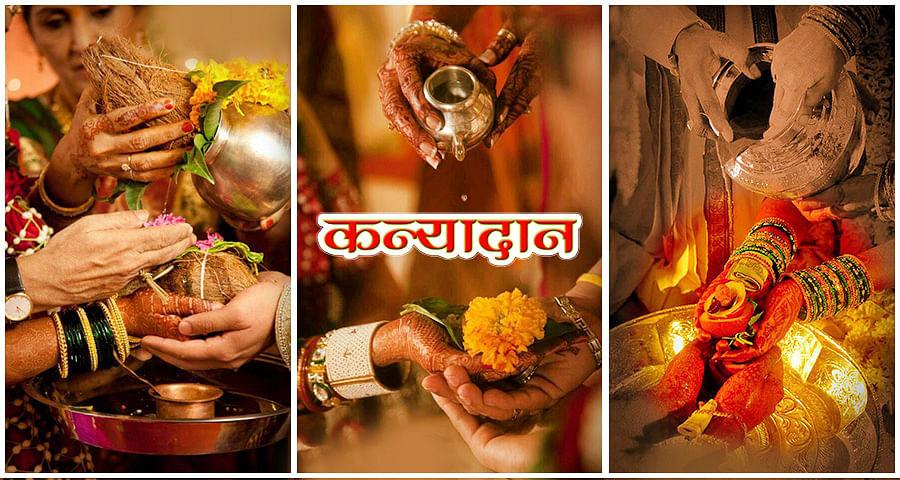Dholak is one of the most popular, vibrant and lovely musical instruments of Northern India that people associate with festive fervor and celebration.
Components of a Dholak
The dholak primarily is a cylindrical drum made of wood with either sides made of leather. The convention size of dholak is anywhere between 18 inches and 20 inches in length and 12 inches in breadth. The bigger version of this dholak is known as dhol which is usually drummed during large-scale festivals and baraat ceremonies in particular.
The authentic traditional styled dholak is made of sheesham wood, the cheaper ones are made of coconut palm stems or a lower valued wood.
The two sides are fitted well onto the frame using rojju and are internally connected using small round rings which perfectly seat the leather sides of the dholak.
In many parts of Sri Lanka, the dholak is built in such a way that the shorter end has a ‘compound syahi to lower the pitch and enable the typical Dholak sliding sound ("giss" or "gissa"), often the caked residue of mustard oil pressing, to which some sand and oil or tar may be added.’
One side of the dholak is high pitched while the other side is low pitched. This drum that originated in the rural areas of northern India is very popular in folk songs.
Traditional Way of Playing the Dholak
The dholak is essentially played sitting cross-legged with the dholak being placed either in the lap or in front of the dholak player.
The large end of the dholak should be drummed right in the centre space with the flat of your ring and middle fingers.
One easy tip to ace your dholak drumming is to strike on the leather side in quick succession without letting your fingers stay on for a longer time because they then would produce a lower bass note.

Striking on an area closer to the rim would produce a more muted bass note. A quick strike between the centre and the rim on the smaller side of the dholak with the middle finger would produce a sharp note on the dholak.
The traditional Punjabi way of playing the dholak involves the use of an iron thumb ring to produce a distinctive sound. In many parts of Rajasthan, dholak playing involves the use of all fingers.
Essence and Variations
The dholak is the main accompanying instrument in folk music, filmy sangeet and qawaali too. It is also widely used in kirtans, lavani and bhangra. And though it may not have well defined tuning or playing techniques of a tabla or a pakhawaj, it does have a perfect fourth and a perfect fifth between its pitches.

Outside India too, the dholak is quite popular. Indians who had migrated in the early days to Sri Lanka, Fiji, Jamaica, Guyana, Carribean popularised the folk music and the beats of the dholak there too. In many regions of South Africa, Mauritius, Trinidad and Tobago, the dholak is a hugely liked and enjoyed.
In Pakistan too the dholak is played with great gusto during weddings and other events of merrymaking.
Sometimes in other regions outside India, the dholak is referred to as madal ,mridangam and drums too. In eastern Asian countries, there is a very similar variation of the dholak that is popularly used known as the naal. It is believed that it originated while the dholak and other regional musical instruments were popularised by the Indian migrants during the British regime.

